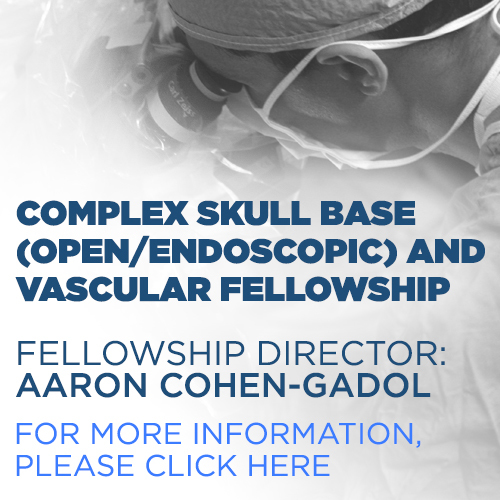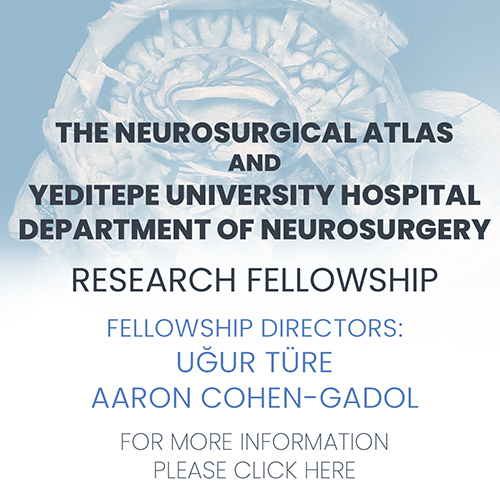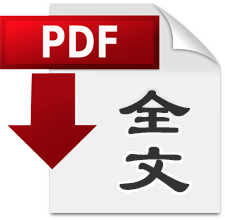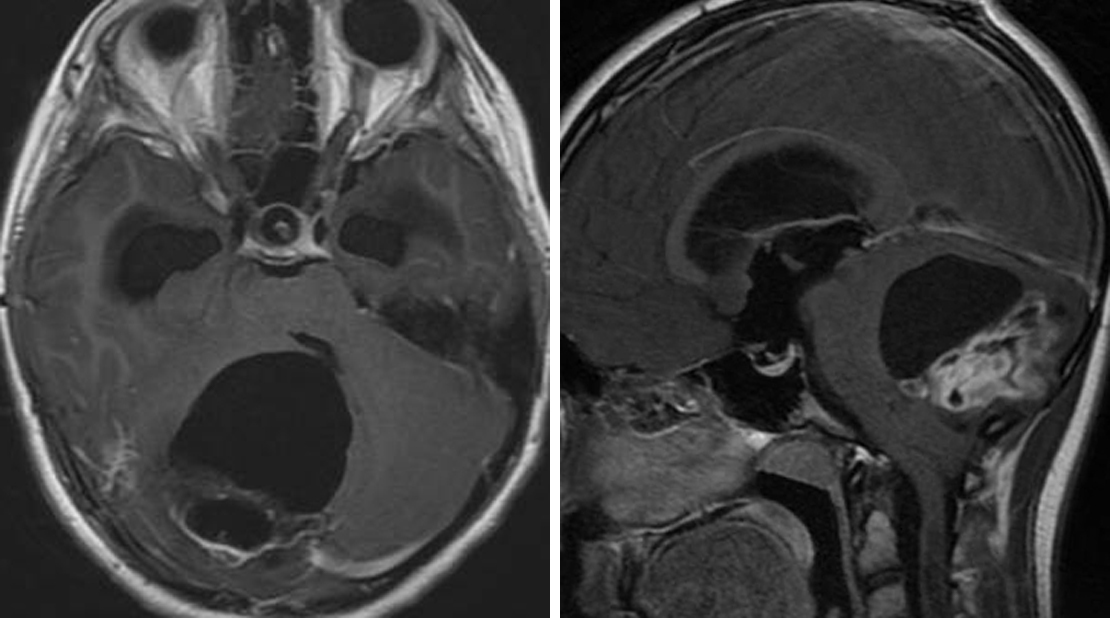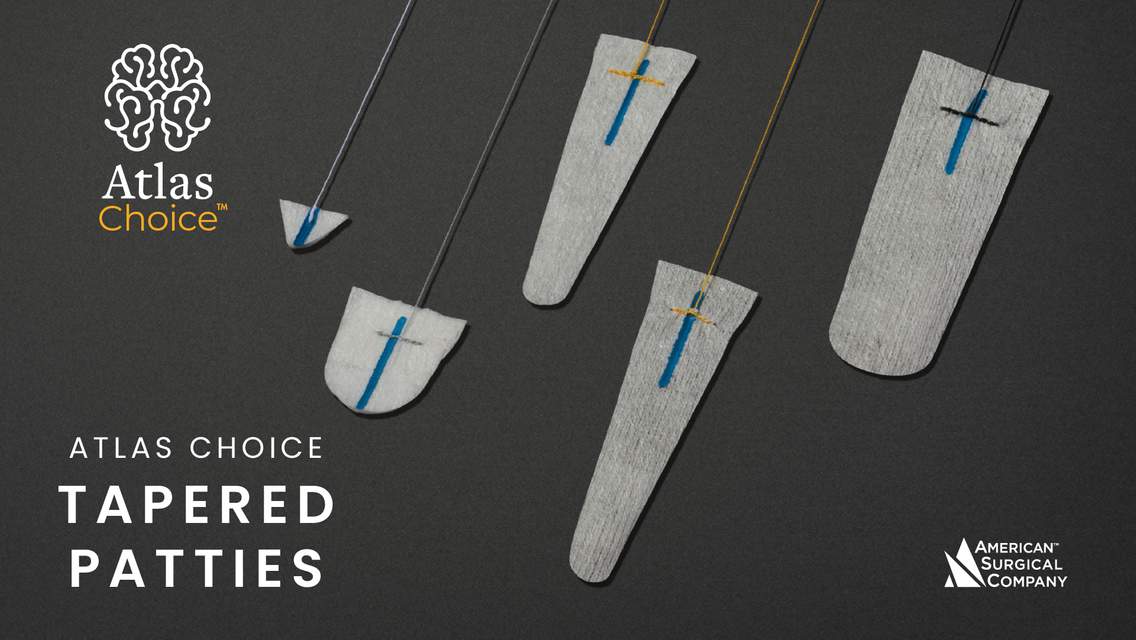Pilocytic Astrocytoma
Figure 1: This posterior fossa PA has a large cyst with an adjacent mass (nodule). (Left) Axial image showing that this patient's cystic tumor is compressing and deviating the fourth ventricle, resulting in hydrocephalus. (Right) Sagittal postcontrast T1-weighted image showing the sometimes very heterogeneous enhancement apparent in the solid portion of the lesion that belies its underlying low-grade histology.
Figure 2: Axial (left) and sagittal (right) postcontrast T1-weighted images demonstrate a cystic lesion with a brightly enhancing mural nodule/mass. This appearance is very typical for juvenile PAs but must be distinguished from the similar-appearing hemangioblastoma when in the posterior fossa, particularly when in older children and young adults.
BASIC DESCRIPTION
- Slow-growing, well-circumscribed tumor arising from astrocytic precursors
- Most common pediatric primary intracranial neoplasm
PATHOLOGY
- WHO grade I
- Biphasic pattern of astrocytes (Rosenthal fibers and multipolar cells)
- Syndromic or sporadic
- Optic nerve/chiasm pilocytic astrocytomas (PAs) associated with neurofibromatosis type 1
CLINICAL FEATURES
- Patients aged 5 to 15 years most common
- No gender predilection
- Overall good prognosis
- 10-year survival, >90%
- Common presenting signs/symptoms
- Headaches, nausea, vomiting, ataxia, seizures, visual loss if optic pathways involved
- Treatment
- Cerebellar: tumor resection; adjuvant chemoradiation is rarely recommended, as residual tumors rarely grow and may even regress spontaneously
- Optic pathway: slow-growing tumors often monitored without treatment; tumor debulking, radiation, and/or chemotherapy for symptomatic or rapidly enlarging tumors
IMAGING
- General
- Usually well-circumscribed cerebellar hemispheric lesion but can also be supratentorial
- Mass effect, effacement of fourth ventricle common
- May arise from optic nerve, optic chiasm, or hypothalamus
- Minimal surrounding edema
- Most often cystic mass with mural nodule but can be completely solid, particularly in older patients
- Usually well-circumscribed cerebellar hemispheric lesion but can also be supratentorial
- CT
- Mixed solid-cystic mass with minimal surrounding edema
- Solid component isodense to hypodense to gray matter
- Can have calcification; hemorrhage uncommon
- Strong mural nodular enhancement on contrast-enhanced CT images
- Nonenhancing cystic component, but may show cyst wall enhancement
- Contrast accumulation in cystic component on delayed images
- Mixed solid-cystic mass with minimal surrounding edema
- MRI
- T1WI
- Cyst: isointense to hyperintense to cerebrospinal fluid but hypointense to parenchyma
- Solid: isointense to hypointense to gray matter
- T2WI
- Cyst: hyperintense to brain parenchyma
- Solid: usually hyperintense to parenchyma
- Hyperintense optic pathway lesions
- FLAIR: hyperintense solid and cystic components
- DWI: typically no diffusion restriction
- T1WI+C: enhancing solid component ± cyst wall enhancement; can show optic pathway enhancement
- MRS: aggressive features; elevated choline and lactate, decreased NAA
- T1WI
IMAGING RECOMMENDATIONS
- MRI with contrast
For more information, please see the corresponding chapter in Radiopaedia.
Contributor: Rachel Seltman, MD
References
Collins VP, Jones DTW, Giannini C. Pilocytic astrocytoma: pathology, molecular mechanisms and markers. Acta Neuropathol 2015;129:775–788. doi.org/10.1007/s00401-015-1410-7.
Fernandez C, Figarella-Branger D, Girard N, et al. Pilocytic astrocytomas in children: prognostic factors—a retrospective study of 80 cases. Neurosurgery 2003;53:544–553, discussion 554–555. doi.org/10.1227/01.NEU.0000079330.01541.6E.
Fisher PG, Tihan T, Goldthwaite PT, et al. Outcome analysis of childhood low-grade astrocytomas. Pediatr Blood Cancer 2008;51:245–250. doi.org/10.1002/pbc.21563.
Hwang JH, Egnaczyk GF, Ballard E, et al. Proton MR spectroscopic characteristics of pediatric pilocytic astrocytomas. AJNR Am J Neuroradiol 1998;19:535–540.
Koeller KK, Rushing EJ. From the archives of the AFIP: pilocytic astrocytoma: radiologic-pathologic correlation. Radiographics 2004;24:1693–1708. doi.org/10.1148/rg.246045146.
Lee YY, Van Tassel P, Bruner JM, et al. Juvenile pilocytic astrocytomas: CT and MR characteristics. AJR Am J Roentgenol 1989;152:1263–1270. doi.org/10.2214/ajr.152.6.1263.
Louis DN, Ohgaki H, Wiestler OD, et al. The 2007 WHO classification of tumours of the central nervous system. Acta Neuropathol 2007;114:547. doi.org/10.1007/s00401-007-0243-4.
Osborn AG, Salzman KL, Jhaveri MD. Diagnostic Imaging (3rd ed). Elsevier, Philadelphia, PA; 2016.
Please login to post a comment.

